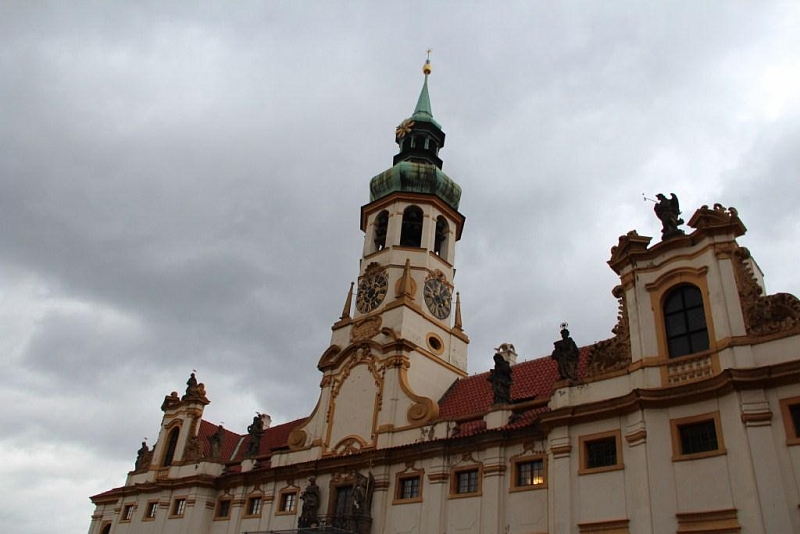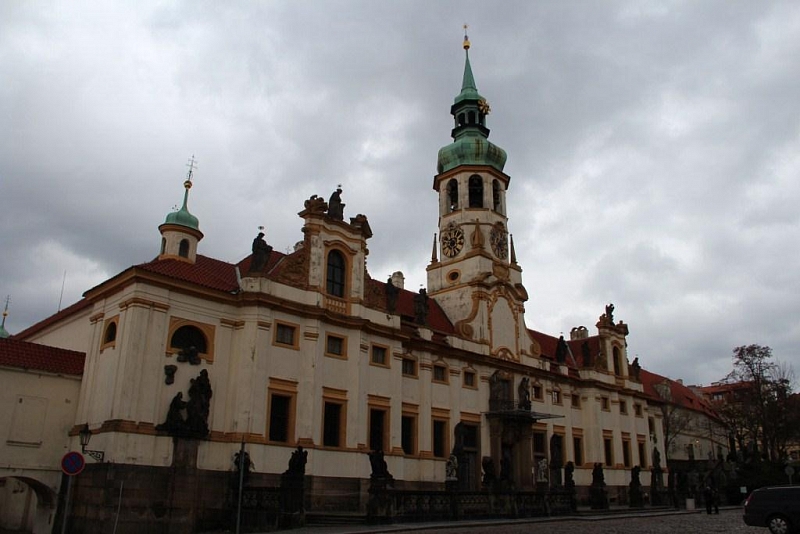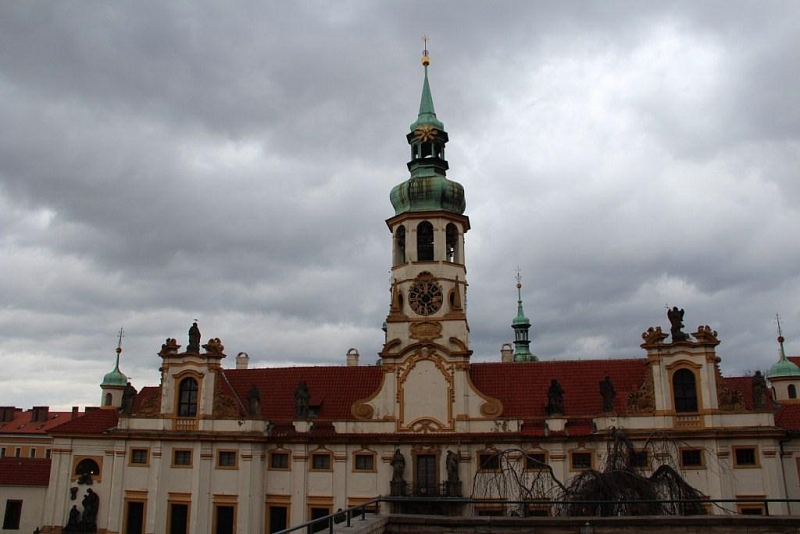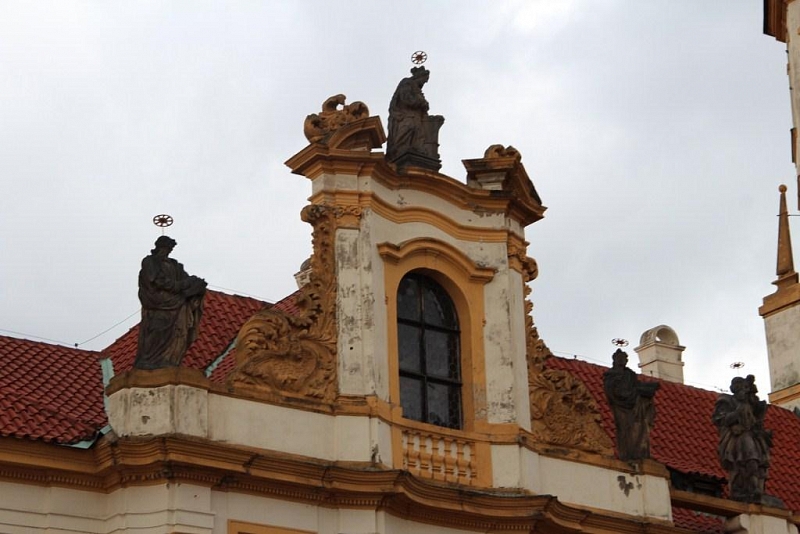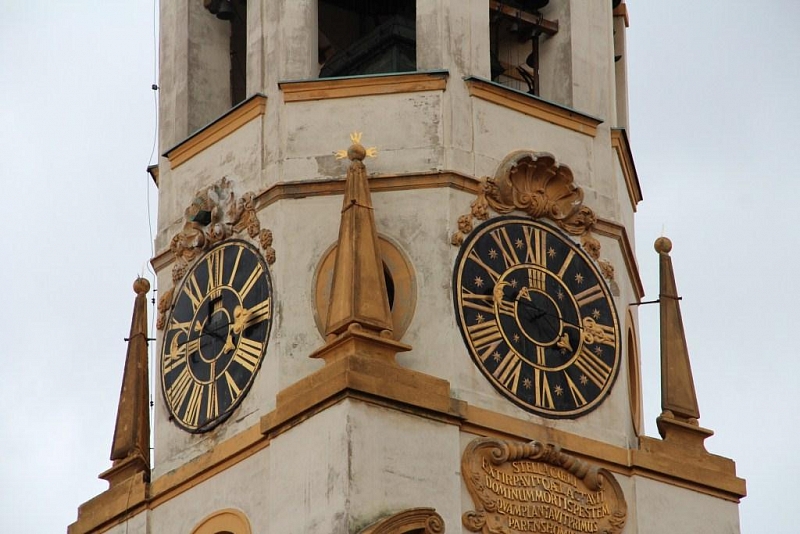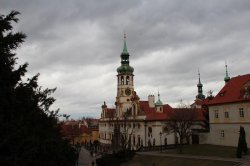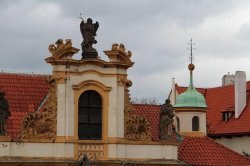Loreta Prague
Loreta, also sometimes called the Holy Hut, is located on Loreto Square in Prague 1. The loret buildings are associated with a legend relating to the Virgin Mary, who lived in the hut with Jesus in Nazareth. The huts were then transferred by the angels to Italy, and from there their construction allegedly spread throughout the world.
Information for visitors
Interesting facts Loreta Prague
Loreta has been a part of the Hradčany complex for more than three hundred years. It consists of the Baroque Church of the Nativity, the Holy Hut, the cloisters and the clock tower and, of course, the famous carillon, which was unique at the time of its creation. It consists of 27 Loreto bells, which are to encourage believers to pray every hour. It was put into operation at the end of the 17th century and at that time it was a gift from the wealthy Prague merchant Eberhard of Glauchov. The bells are then the work of Claude Frema, an Amsterdam city bell ringer who made the bells between 1683 and 1691.
During the first half of the 18th century, Kryštof Dienzenhofer began the reconstruction of Loreta, who designed the western facade of the complex. After his death in 1722, his son Kylián Ignác Diezenhofer completed it. J. J. Aichbauer, the stepson of Kryštof Dienzenhofer, subsequently carried out the final work on the construction of the church, the financing of which was taken over by Marie Markéta, Countess Waldsteinová, née Czernínová from Chudenice. Although work on the Loreta building continued until 1738, the consecration took place a year earlier, on June 7, 1737.
The outside of Loreta is decorated with reliefs depicting scenes from the life of the Virgin Mary, the legend of the transfer of the holy hut from Nazareth and the Old Testament saint. The silver altar in the interior hides a sacred statue of the Virgin Mary of Lorraine, made of black wood. Around the hut there are cloisters, the ceilings of which are decorated with murals and which are finished with chapels. The first floor of the cloisters is guarded by a safe with a famous diamond monstrance with 6,222 diamonds, coming from Countess Kolovratová's wedding dress, as well as a famous jewel box.
Author: Andrea Štyndlová

